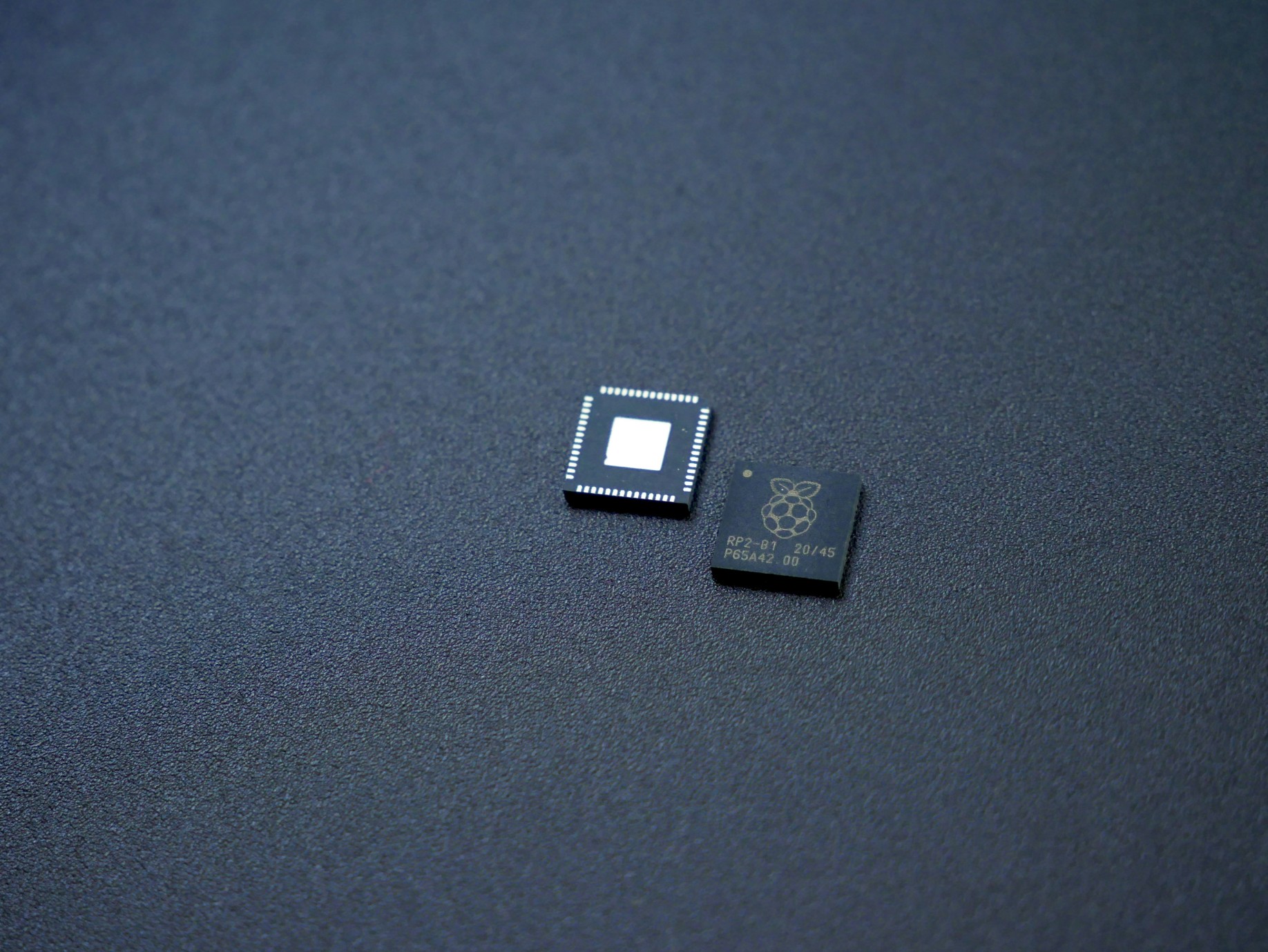Why Every CEO Should Care About Semiconductors: The Hidden Backbone of Global Business

The global semiconductor industry has quietly become the linchpin of the modern economy. Beyond powering computers and smartphones, semiconductors are embedded in nearly every facet of daily life—from cars and household appliances to advanced manufacturing and artificial intelligence. For CEOs across all sectors, the implications of semiconductor dynamics are vast, encompassing economic stability, supply chain resilience, and even geopolitical strategy.
Gregory C. Allen, Director of the Wadhwani AI Center at CSIS, offers valuable insights into why semiconductors matter not only to technology leaders but also to executives in manufacturing, healthcare, automotive, and beyond. In this article, we explore the profound importance of semiconductors, the geopolitical tensions shaping the industry, and actionable strategies for CEOs to mitigate risks and leverage opportunities.
1. Semiconductors Are Everywhere
Semiconductors are the unsung heroes of technological innovation, forming the core of devices and processes that define modern life:
Consumer Electronics: Smartphones, laptops, and smart home devices depend on advanced chips.
Automotive: From infotainment systems to autonomous driving features, cars are becoming data centers on wheels.
Healthcare: Precision lab equipment, imaging devices, and medical monitoring systems rely on semiconductors.
AI and Data Centers: AI software runs on specialized chips that are not only expensive but also crucial for training and deploying machine learning models.
Even sectors historically less reliant on cutting-edge technology, such as agriculture and logistics, are increasingly adopting chip-dependent innovations like IoT sensors and autonomous vehicles.
2. Economic Impact
The semiconductor supply chain is integral to global GDP. A single disruption can cascade through industries, as seen during the COVID-19 pandemic. In 2021, semiconductor shortages led to a $300 billion revenue loss in the automotive sector alone. Such vulnerabilities underscore the need for CEOs to understand the role of semiconductors in their operations.
1. Taiwan’s Dominance in Chip Manufacturing
Taiwan produces over 90% of the world’s most advanced semiconductors, a concentration that poses a significant geopolitical risk. Any disruption in Taiwan’s semiconductor industry—whether due to natural disasters or geopolitical conflict—could trigger a global economic crisis, with losses projected in the tens of trillions of dollars.
2. The October 7, 2022 Export Controls
The United States enacted stringent export controls to restrict China’s access to advanced semiconductors and chip-making technologies. This marked a turning point in US-China relations, positioning technology as a central battleground in their geopolitical rivalry. As Allen notes, the stakes are high: “The future is AI, and AI hardware is the key to that future.”
3. China’s Ambitious Goals
China is investing an estimated $65 billion annually in its semiconductor industry, aiming to produce 70% of its domestic chip needs by 2025. This aggressive strategy underscores the need for allied nations, including the US, EU, and Japan, to ramp up their investments to maintain a competitive edge.
1. Supply Chain Vulnerabilities
Understanding the semiconductor supply chain is no longer optional. CEOs must map both direct and indirect dependencies to anticipate potential disruptions. For example:
Automotive: Car manufacturers reliant on infotainment systems need visibility into the chip suppliers that power these systems.
Industrial Equipment: Precision tools and machinery may depend on legacy chips, which are also subject to supply chain constraints.
2. AI and Advanced Technology Integration
The adoption of AI and advanced analytics is accelerating across industries, driving demand for high-performance semiconductors. For instance:
Retail companies deploying AI for customer personalization.
Manufacturers leveraging AI for predictive maintenance.
Financial services adopting AI for fraud detection.
Without reliable access to AI hardware, these advancements stall, putting companies at a competitive disadvantage.
1. Know Your Semiconductor Supply Chain
CEOs must develop a deep understanding of their semiconductor dependencies:
Map Dependencies: Identify critical suppliers and their geographic locations.
Assess Risks: Evaluate vulnerabilities related to geopolitical tensions, natural disasters, and trade regulations.
2. Diversify Suppliers
Building a more resilient supply chain involves reducing reliance on single-source suppliers:
Geographic Diversification: Explore suppliers outside Taiwan, such as in the US, EU, or Japan.
Second-Sourcing: Ensure alternative suppliers can meet demand during disruptions.
3. Collaborate with Policymakers
Engage with government initiatives like the US CHIPS Act, which allocates $52 billion to boost domestic semiconductor production. Such programs offer opportunities for companies to secure critical supply chain support and funding.
4. Adopt a “Just-in-Case” Mindset
Shift from a just-in-time to a just-in-case supply chain strategy:
Build Buffers: Maintain strategic stockpiles of critical components.
Scenario Planning: Develop contingency plans for potential disruptions.
5. Leverage Emerging Technologies
Advanced technologies like blockchain and AI can enhance supply chain visibility and predict potential disruptions. By integrating these tools, companies can proactively address challenges rather than reacting to crises.
1. Evolving Regulations
Companies must stay vigilant as semiconductor policies evolve. For example:
US export controls currently focus on AI-related chips but could expand to other areas.
China’s unpredictable regulatory environment adds complexity for multinational firms operating in the region.
2. Scaling Domestic Manufacturing
Governments worldwide are investing heavily in semiconductor production. Collaborative efforts among allied nations aim to create a more resilient global supply chain. CEOs should explore partnerships and investments in these initiatives to secure long-term supply.
Virtual Delivery Centers (VDCs) offer a strategic advantage for navigating semiconductor challenges:
Supply Chain Insights: VDCs can provide real-time analytics and data integration to map and monitor semiconductor supply chains.
Risk Mitigation: Leveraging AI-driven simulations, VDCs help businesses identify vulnerabilities and test contingency plans.
Global Collaboration: With expertise distributed across geographies, VDCs enable organizations to diversify suppliers and adapt to changing regulations effectively.
By integrating VDCs into their operations, companies can enhance agility, resilience, and competitiveness in a rapidly evolving semiconductor landscape.
Semiconductors are no longer just a concern for the tech sector; they are the lifeblood of modern business operations. CEOs who proactively understand and address semiconductor dependencies will not only mitigate risks but also position their organizations for sustained growth in an increasingly digital and interconnected world. As Gregory C. Allen emphasizes, “Semiconductors underpin almost every other technology,” making them a strategic priority for every business leader.

By adopting tools like AI, predictive analytics, and cloud-based command systems—and by integrating them through Virtual Delivery Centers—COOs can convert uncertainty into action and fragility into resilience.